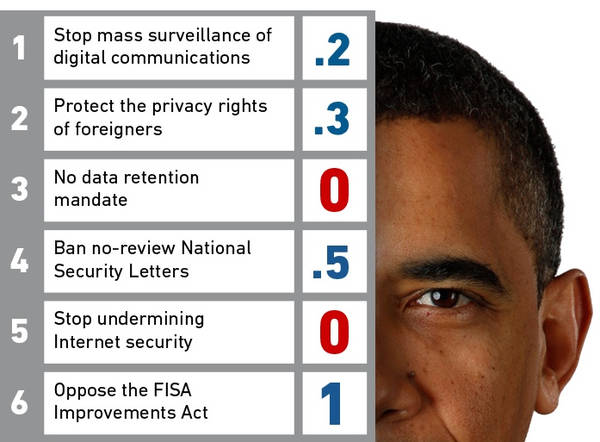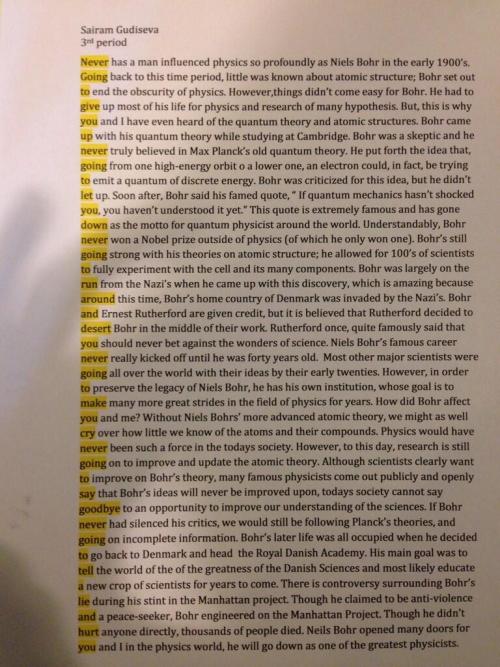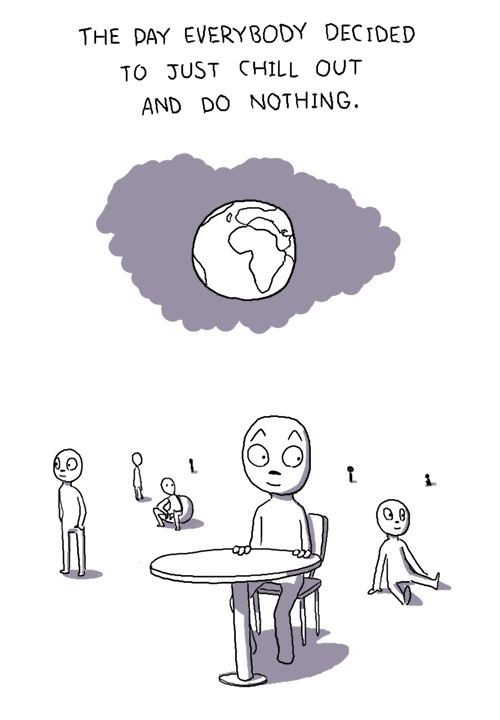
Cooper Griggs
Shared posts
Hersheys to Create 3D Chocolate Printer
Amazing Video Clips Visually Isolate the Flight Paths of Birds


Chances are if you’ve on the internet over the last few years you’ve run into a few amazing bird murmuration videos, like this one from Islands and Rivers or the one we featured on Colossal from Neels Castillion, where countless numbers of starlings flock together and move almost impossibly in concert. Artist Dennis Hlynsky, a professor at the Rhode Island School of Design, wondered what would happen if he could better trace the flight paths of individual birds, what kinds of patterns would emerge from these flying social networks?
Hlynsky first started filming birds in 2005 using a small Flip video recorder, but now uses a Lumix GH2 to record gigabytes of bird footage from locations around Rhode Island. He then edits select clips with After Effects and other tools to create brief visual trails that illustrate the path of each moving bird. Non-moving objects like trees and telephone poles remain stationary, and with the added ambient noise of where he was filming, an amazing balance between abstraction and reality emerges. The birds you see aren’t digitally animated or layered in any way, but are shown just as they’ve flown, creating a sort of temporary time-lapse. Above are three of my favorite videos, but he has many more including the movement of insects, ducks, and other animals.
Scoring Obama's NSA reforms (spoiler: it's not good)

Earlier this week, EFF published a scorecard for rating Obama's NSA reforms. Now that the reforms have been announced, it's time to measure them up. They don't fare well, I'm afraid. Here's a roundup of commentary from privacy leaders around the world, expressing disappointment (if not surprise) at Obama's half-hearted reining in of the surveillance state.
3. No data retention mandate.Score: 0
Obama’s review group recommended that the telephone metadata surveillance program be taken away from the government, suggesting that a third party or even telecom companies themselves be responsible for maintaining a searchable list of our calling records. This approach—mandating companies act as Big Brother’s little helper—won’t alleviate the serious privacy concerns with maintaining a digital record of every call we make. We had hoped that Obama would make clear that he would reject any form of mandatory data retention. Instead, Obama acknowledged some of the concerns with a data retention mandate but called for “options for a new approach that can match the capabilities and fill the gaps that the Section 215 program was designed to address, without the government holding this metadata itself.” He never specifically rejected the idea of forcing companies or a third party to hold this data, and so he does not receive a point in this category.
...
5. Stop undermining Internet security.
Score: 0
The NSA’s systematic efforts to weaken and sabotage the encryption and security technology make us all less safe. But in contrast to his review group’s recommendations to stop those practices, Obama was silent on the issue. That silence is disappointing, as this is a critical problem that has not just undermined the privacy of millions around the world, but poisoned our collective trust in institutions that depend most on it. Zero points.
Rating Obama’s NSA Reform Plan: EFF Scorecard Explained ![]()
New Instagram Photos of Everyday Objects Turned into Whimsical Illustrations by Javier Perez








Ecuadorean illustrator and art director Javier Pérez (previously) returns with his second installment of clever Instagram Experiments where he turns everyday objects and food into clever minimalistic photo illustrations. Several of his pieces are available as prints through Society6, and you can follow his new work almost everyday on Instagram as well as on Behance.
"Rick Rolled my physics teacher" [Sairam Gudiseva / via ]
Emptied Gestures: Physical Movement Translated into Symmetrical Charcoal Drawings by Heather Hansen

Photo by Bryan Tarnowski

Photo by Bryan Tarnowski

Photo by Bryan Tarnowski

Photo by Bryan Tarnowski

Photo by Bryan Tarnowski

Photo by Bryan Tarnowski

Photo by Bryan Tarnowski

Photo by Bryan Tarnowski

Photo by Spencer Hansen at Ochi Gallery

Photo by Spencer Hansen at Ochi Gallery

Photo by Spencer Hansen at Ochi Gallery

Photo by Spencer Hansen at Ochi Gallery
Splayed across a giant paper canvas with pieces of charcoal firmly grasped in each hand, Heather Hansen begins a grueling physical routine atop a sizeable paper canvas. Her body contorts into carefully choreographed gestures as her writing implements grate across the floor, the long trails resulting in a permanent recording of her physical movements. Part dance and part performance art, the kinetic drawings are a way for Hansen to merge her love for visual art and dance into a unified artform. The final symmetrical patterns that emerge in each pieces are reminiscent of a Rorschach test, or perhaps cycles found in nature.
Hansen most recently had a group exhibition, The Value of a Line, at Ochi Gallery in Ketchum, Idaho which runs through March 31, 2014. All photography above courtesy the artist by Spencer Hansen and Bryan Tarnowski. If you liked this also check out the work of Tony Orrico. (via iGNANT, My Modern Met)
Happy Friday! Here Are Some Tiny, Tiny Polar Bears
yeah, i can see that. Which Star Wars character are you? - with...
Cooper GriggsSomehow I am Yoda
Comparison of snow fall in the Sierra Nevadas, via NOAA nothing...
Cooper GriggsWhich means our water supply this summer is not looking good.
Chema Madoz » Fabrik Project
A Maldives Beach Awash in Bioluminescent Phytoplankton Looks Like an Ocean of Stars






While vacationing on the Maldives Islands, Taiwanese photographer Will Ho stumbled onto an incredible stretch of beach covered in millions of bioluminescent phytoplankton. These tiny organisms glow similarly to fireflies and tend to emit light when stressed, such as when waves crash or when they are otherwise agitated. While the phenomenon and its chemical mechanisms have been known for some time, biologists have only recently began to understand the reasons behind it. You can see a few more of Ho’s photographs over on Flickr.
Palette Offers a Modular, Lego-like Device for All of Your Input Hardware Needs
 Palette buttons can be re-arranged and customized by the user.
Palette buttons can be re-arranged and customized by the user.
As any artist, designer or technologist will tell you, we rely on a wide variety of software in our day to day lives, from the Adobe Creative Suite to some sort of office bundle, as well as music and movie editing software. Each of these programs has custom controls on the software side, but on the hardware side we have the same set of tools: a keyboard and a mouse.
And while the multiple buttons of a keyboard are endlessly adaptable, that same sort of logic doesn't apply in other interactive environments. Think, for instance, about the vast difference between driving a car and riding a motorcycle, or playing a video game on Playstation vs. operating a remote control for a television. Although the input devices and mechanisms share some obvious, similarities, the hardware experience varies substantially.

Which is why I was excited to learn about Palette, a "freeform controller" made of movable, interchangeable parts. Starting with the building blocks of buttons, dials and sliders, Palette allows users to create custom controllers based on how they want to interact with the computer.
The minimal aesthetic belies the original inspiration behind Palette. "Looking back at old transistor radios and war era type machines," noted CEO Calvin Chu, who observed that these devices were "really robust." "Why not make a way that even with all these different use cases, we could abstract these elements and rearrange them in different ways, just like Lego blocks?"
(more...)



























